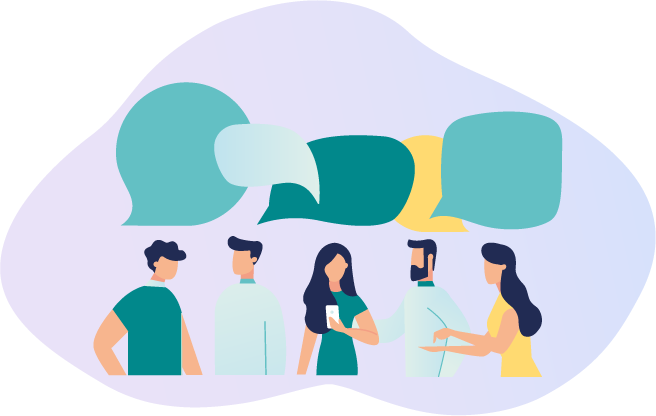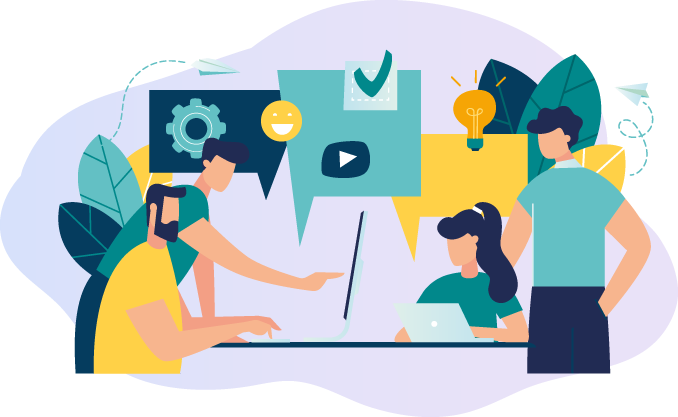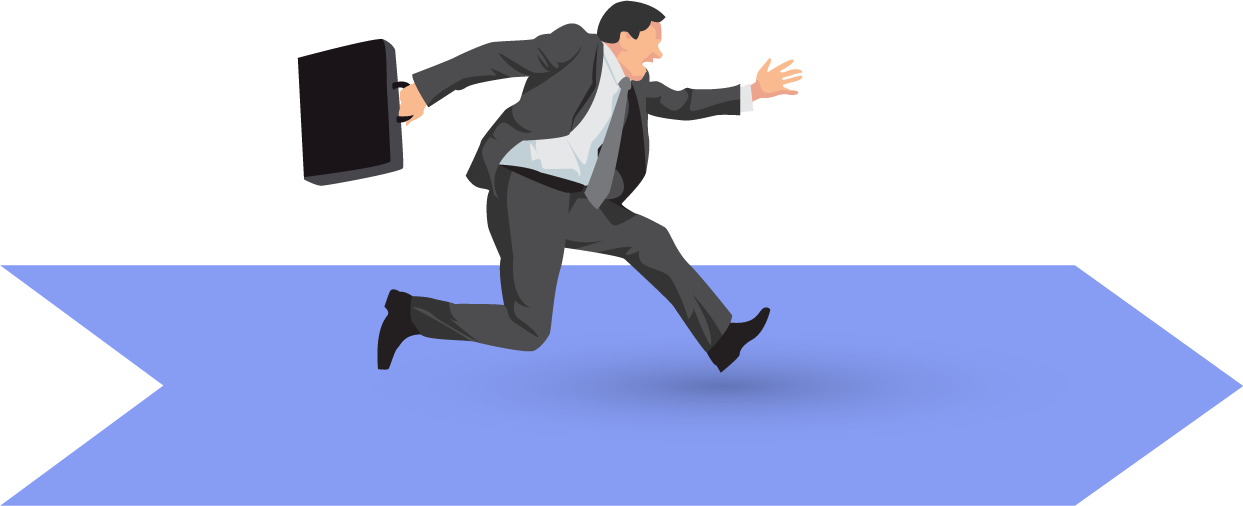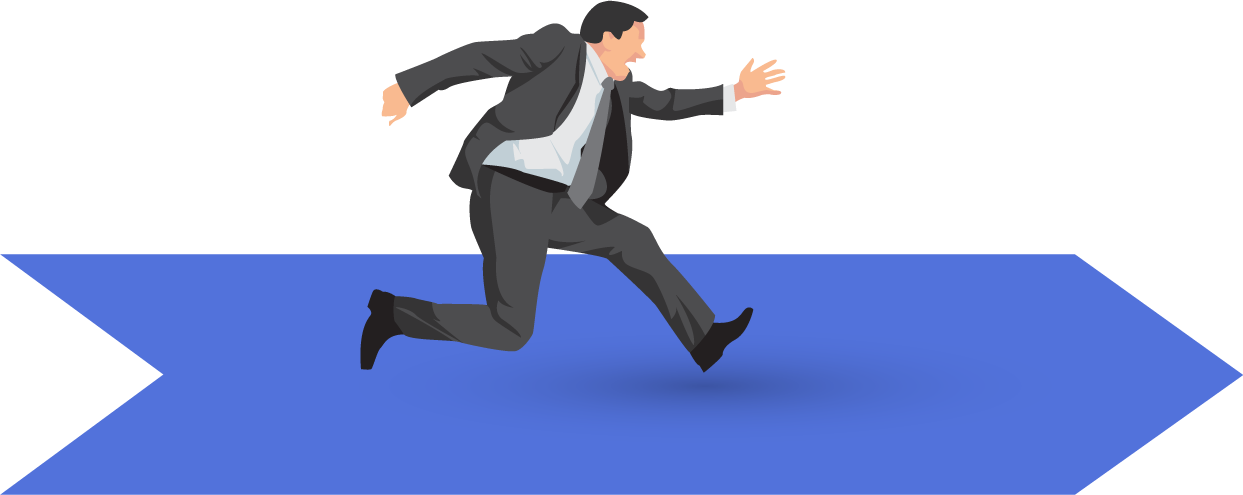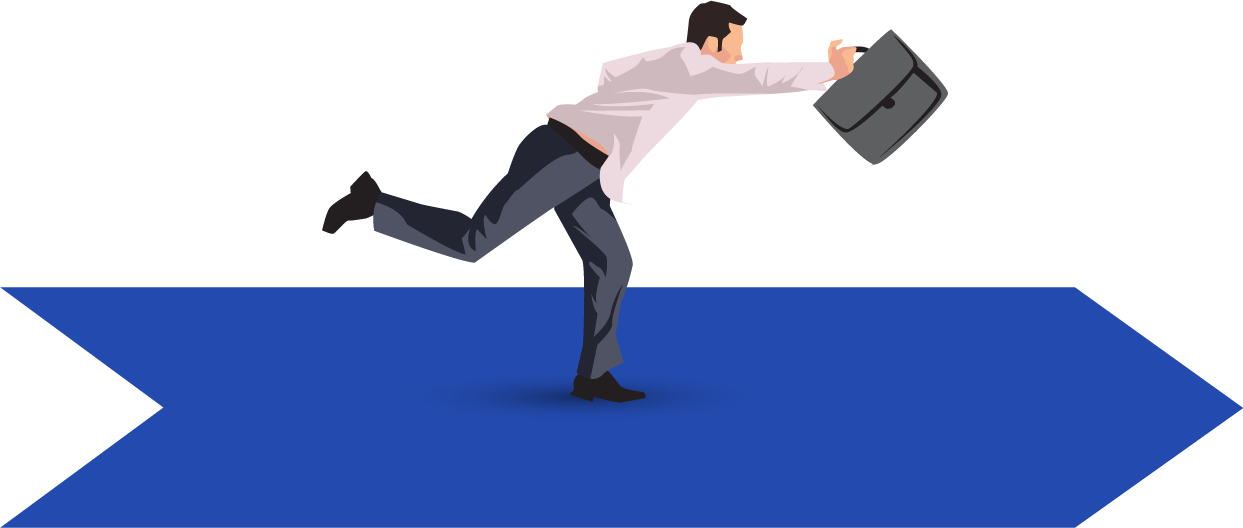Who's a Graphic Designer?
Graphic designers create visual magic by combining art and technology! As a graphic designer, you get to create different types of illustrations, images and graphics by hand or using various computer software. Your creativity and art will be used for product illustrations, website designs, promotional material, branding and more.
Companies and people will use the incredible stuff you create to communicate visually appealing messages to their audience. Your work plays a vital role in conveying information and messages to the audience in an interesting format. In fact, the graphics you see on this website have been created by a graphic designer!
Everybody needs a graphic designer! If you want to make an advertising campaign, you need a graphic designer. If you want to design a product, you ask a graphic designer! If you need book covers, magazines, websites, who will you call? A graphic designer! It doesn’t matter if it’s the government, a private corporation or an NGO, everyone needs a graphic designer.
What will you do?
Discover your Ideal future
Get expert guidance and mentorship towards your perfect fit.
Where will you work?
How do you get there?
What skills would you need?
How do you make it to the top ranks?
Intern
One of the first roles you can work as is that of an intern at a firm or independently.
Junior Designer
You can probably begin your career at an ad agency, design firm or any other creative organisation as a junior designer. Here, you would probably execute your seniors’ ideas and offer your own ideas in brainstorms. If your ideas are good, you might just get to bring them to life as well! At this stage, you should learn all you can from your senior designers and other team members.
Senior Designer
Once you gain enough experience, you will be promoted to senior designer. You will then get to attend client meets, present your ideas to the client and either design them yourself or get a junior designer to execute your ideas.
Creative Director/Art Director
Once you’ve worked for around 8-10 years, you could become an Art Director or Creative Director! You’ll have a large team of senior designers under you. You will handle all the big projects, or choose the ones you want to work on and delegate the rest to your team members. You will also have a say in the kind of clients that come in, the overall design quality of your job and the brand image of your organisation.
Freelancer/Independent Designer/Entrepreneur
You could also choose to freelance after working at an organisation for a couple of years. You should be able to network well and find interesting projects if you wish to become a freelancer. You can also start your own design agency and offer exclusive design services to clients.
Pursuing your career locally VS abroad
You will have good scope in India as a Graphic Designer. Whether being part of an in-house Design and Marketing team or working at a startup that’s delivering projects for domestic and international clients – a skilled Graphic Designer will find a place. Many multinational Advertising firms have a strong base here. India being an outsourcing powerhouse has many firms working on assignments for domestic as well as International clients. National Institute of Design at Ahmedabad is a premier institute in the field of Graphic Design offering various design-related courses from Bachelors to PhD. Apart from NID, Symbiosis Institute of Design and Pearl Academy are other prominent institutes in India. Fees range from INR 1 Lakh to 12 Lakh, depending on the institute.
With a refined appreciation of the arts, Graphic Design courses are popular in Europe. Countries such as the UK, Italy, Germany and Finland, among others, have very good institutes offering Design courses. In colleges outside the UK the medium of instruction may not be English. Some of the top colleges for Design in the UK are University of the Arts London, Manchester School of Art and Wimbledon College of Arts among others. An important part of the application process is your digital portfolio or video showing a gallery of your creative work, and samples of your rough sketches. Course fees for international students are in the range of £17,000 to £23,000 per year.
How much would you get paid?
The exact number will depend on where you’re working, your education, skill-set and internship experience. But, here's can a general idea.
What are your career options?
Discover your Ideal future
Get expert guidance and mentorship towards your perfect fit.


